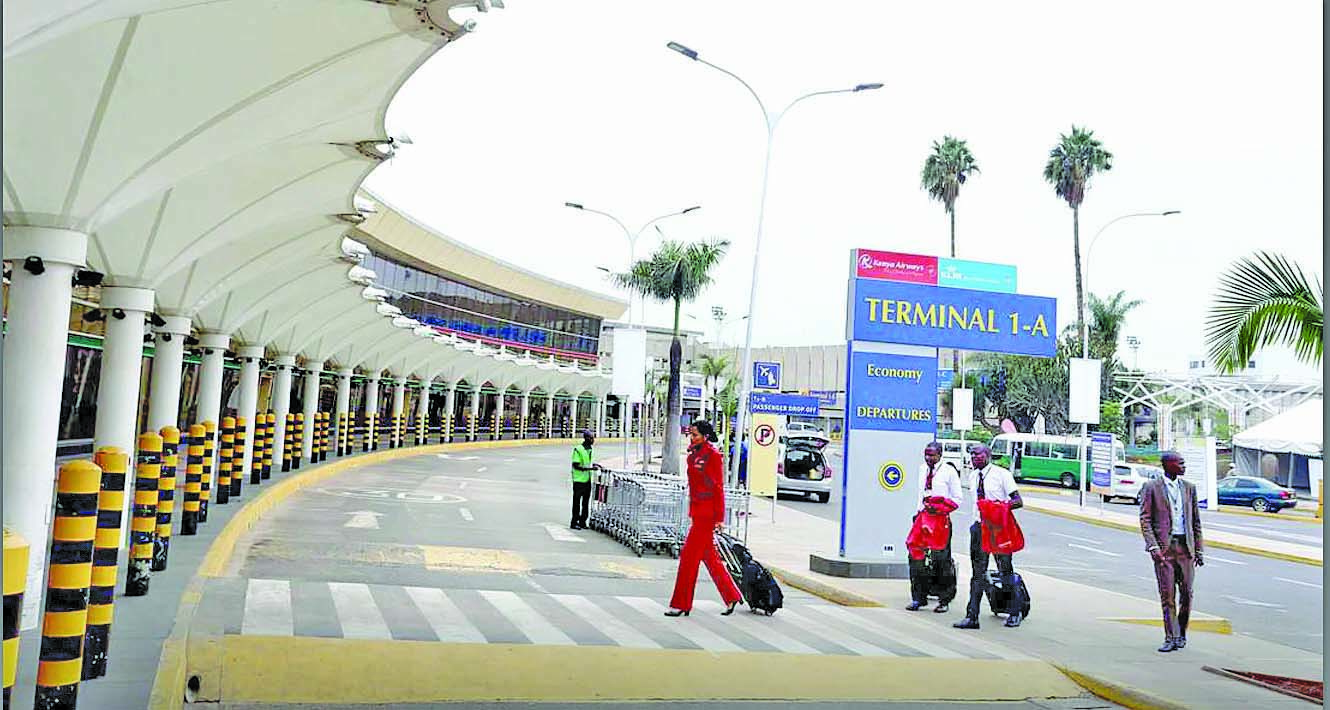Agony over the peculiar habits of domestic tourists

It was then Safaricom CEO Michael Joseph, now chairman of the mobile phone operator, who once said Kenyans have peculiar calling habits.
One of the habits was making so many calls on Friday afternoons and evenings that the mobile networks would jam. For his observation, he received a lot of flak from the public.
Now the Kenya travel industry is complaining about Kenyans ‘peculiar holidaying habits’. Everybody, including foreign residents in the country, wants to go on holiday in August or December and mostly to one destination— the Coast. Few travel in between March and June, despite low season rates in hotels.
So, while South Coast hotels are already fully booked, some lodges located in places such as Lake Baringo might not open during this festive season due to lack of customers.
Apart from pwani, popular destinations include the Masai Mara, Naivasha, Nanyuki and Samburu. Nairobi is the favourite for Mice (meetings, incentives, conferences and exhibitions).
In 1984, the government came up with a domestic tourism policy aimed at encouraging citizens to tour their motherland, especially during low travel seasons. This would consequently ensure that the industry would not be seasonal and there would be jobs and earnings all year round. Few paid attention.
Intrestingly, the greatest competitors for the local tourism industry is the outbound travel. “Almost a million Kenyans travel out of the country every year — for shopping, honeymoon, medical, studies as well as bragging rights for luxury,” Kenya Tourism Board (KTB) CEO Betty Radier told stakeholders last week.
Top foreign destinations where Kenyans visit are Dubai, South Africa, Zanzibar, Seychelles, India, China and Mauritius. Why? While some foreign travel is essential, some Kenyans hold negative perceptions on affordability of domestic, tourist-class (mzungu) hotels. Others fly abroad just to show-off (kujichocha or kujifeel in Sheng and kujionyesha in Kiswahili).
Re-packaging products
According to KTB, Travel and tourism contributes up to 8.3 per cent of employment in Kenya. So, how do you entice more Kenyans to travel locally?
KTB hosted a Domestic Tourism Roundtable for players in the industry at the Tamarind Tree Hotel, Nairobi, last week, to bring insights on the domestic market by demystify the domestic traveller. The forum also explored local collaborative opportunities.
KTB estimates that the country will get 2.43 million visitors in the 2019/2020 year, up from 2.02 million last year.
This number will rise to 4.2 million in 2022/23, boosted by domestic tourists expected to book 9.46 million bed-nights that year, up from 4.56 million last year.
Going forward, KTB is seeking industry collaborations to grow domestic bed-nights by 20 per cent year-on-year. “We want strategies to increase length of stay, frequency of travel
and expenditure,” Radier said.
The agency is also looking to even out travel seasons by introduction of year-round authentic and experiential packages for domestic travellers. “We want to drive domestic traffic to less known regions,” said the KTB boss.
The stakeholders concurred, but disagreed on how to go about it. David Macharia of Versatile Photography complained about lack of experiential travel, saying many tour agents haven’t gotten to understand the destinations they sell or don’t carry out adequate research on new products to woo more clients. “There should be a change of offering in packages,” he said.
Muthuri Kinyamu, co-founder of Turnup Travels, raised concern over inconsistency in dates when counties hold annual cultural festivals. “This makes us lose clients, especially domestic travellers who are keen on dates of such events and set them aside.
I request for coordination between KTB and county departments of tourism. KTB travel pamphlets should also be digitised as young people are now a digital generation,” he said.
Madaraka Express
A former beach boy, now a travel agent asked KTB to include beach operators in domestic travel plans, as they are the ones who communicate with travellers seeking budget travel and accommodation. “Hotels and tour agents should include beach boys in their plans and while laying out their products,” said Ken Ndolo, CEO Mseto Travel Experiences.
Travel agents raised concerns over high rates charged during Christmas period, which forced the domestic travellers to travel to other beach destinations (including neihbouring countries), which are cheaper. They wanted to know whether the quality of services changes during the period. On their defence, the hoteliers argued that demand made them hike prices.
But there is hope. Last year, domestic air travel through Nairobi grew by 22 per cent, which saw 4.9 million domestic passengers ferried via air in 2018. There was also an increase in the total number of domestic bed nights from 3.6 million in 2017 to 3.9 million bed nights in 2018.
According to Radier, various factors have contributed to this rise. “We have seen introduction of low cost carriers (LCC), low fares as well as additional routes and destinations. There has also been an improved road network with a total of 18.655km last year,” she said
The Standard Gauge Railway (Madaraka Express) is also a contributing factor in this increase, with up to 3.6 million passengers using it in 2018.
Unpacking the domestic traveller is significant as it assists the service providers not only understand the needs, but also package their services well to cater for travellers. “Domestic tourism gives opportunity for Kenyans to explore, contribute to the economy as well as ensures sustainability of the sector,” said Fiona Ngesa, KTB marketing manager-Africa.
The evolution of the MICE industry has greatly contributed to the rise in domestic tourism numbers where Kenyans are travelling to destinations such as Naivasha, Sagana, the Mara and the Coast for conferences.
And unlike in the past, 70 per cent of Kenyans now plan and save up for holidays to travel with family, friends or lone trips. Booking patterns have changed as well. Travellers have shifted from making travel bookings through agents to booking via the Internet (mostly from mobile bookings). About 75 per cent spend four to six nights in a facility. The youth enjoy cultural travel and parties.
Herd instinct
Ngesa said locals travel in groups of friends, corporate staff, chamas or family. They are a vibrant people, passionate about the country, but remain an untapped potential for the tourism industry. They are influenced by either word of mouth or social media to travel. Most locals opt for comfy, clean rooms equipped with Wi-Fi.
“They travel because they want to discover themselves, relax from work, to bond with their families and friends, to find inspiration for their projects and in addition, reward themselves for accomplishing a task,” observed Ngesa,
Fiona says more travellers are willing to spend money provided they have value for money and have more options in the travel offerings. Amongst these ‘loaded’ travellers are the upmarket and middle-class who often demand quality services.
Lamu and Diani have plenty of facilities that are family friendly. There is also the sassy explorer who desires a fun pact, adventure pack, and spontaneous places such as Kereita, near Nairobi. They travel in groups of four to six to minimise costs and to socialise.
To boost domestic travel, KTB will launch a signature experience programme and train digital content communities on how to package and attract local tourists. “We are planing to have top experience initiatives with county tourism teams and conversion based marketing campaigns with trade partners,” Ngesa said.















